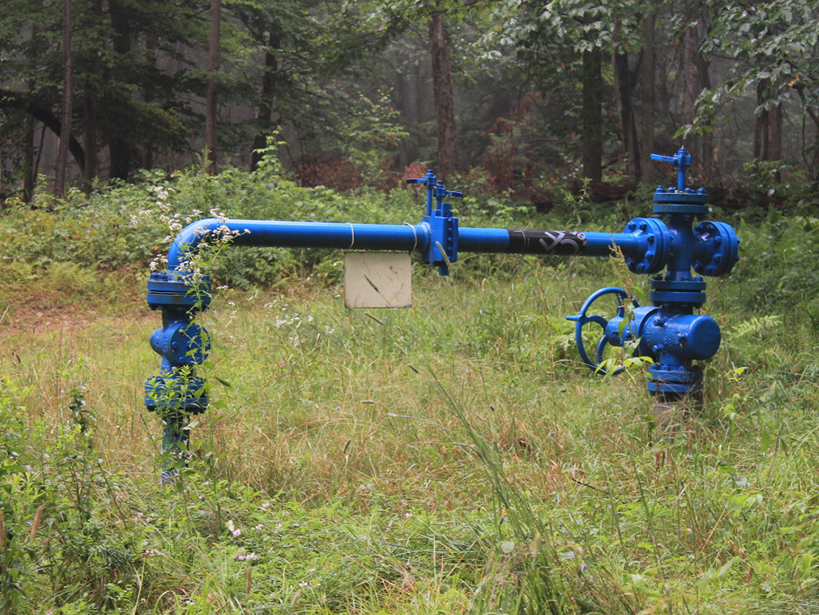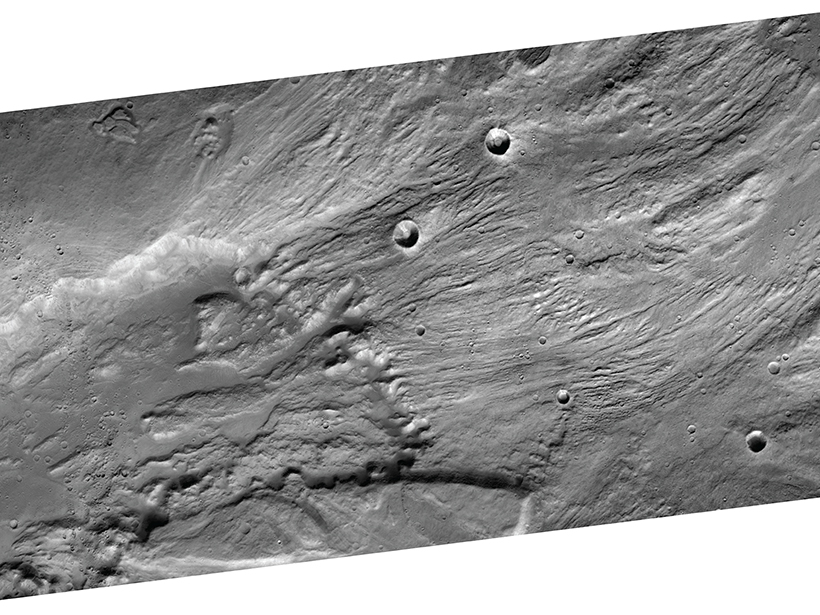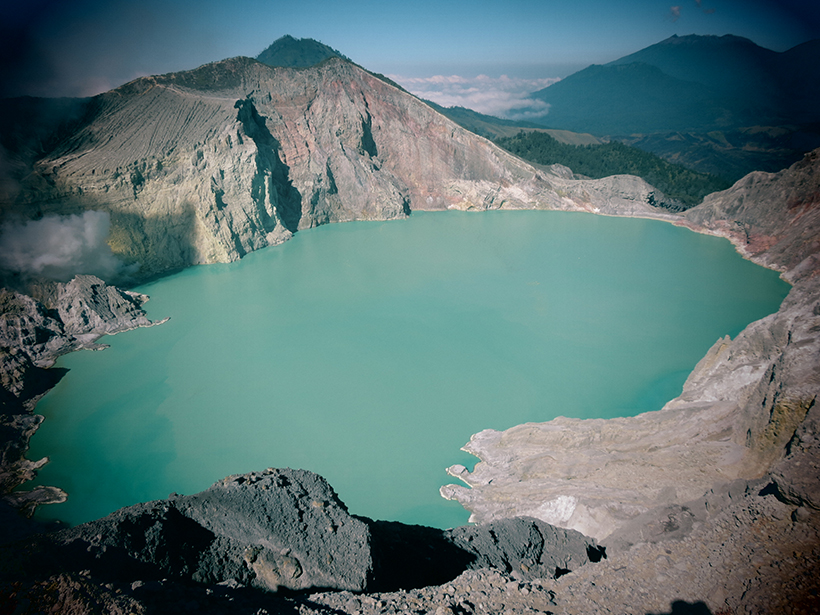Three-dimensional simulations suggest that some aquifers may be more vulnerable to contamination from leaky oil wells than others.
Modeling
Characterizing Superwarm Periods in Earth's History
DeepMIP Kickoff Meeting; Boulder, Colorado, 14–15 January 2016
How Irrigation in Asia Affects Rainfall in Africa
Up to 40% of the total rainfall in arid parts of East Africa may be caused by water vapor from farming practices in South Asia.
In the Eastern Pacific Ocean, the "Blob" Overshadows El Niño
Underwater gliders and ocean modeling reveal unexpectedly weak El Niño effects on a major West Coast current.
Reconstructing Catastrophic Floods on Earth and Mars
A new theoretical model suggests that ancient floods that carved canyons on Earth and Mars may have been much smaller but lasted longer than previously thought.
What Caused Record Water Level Rise in the Great Lakes?
A new modeling framework offers insight into how specific lakes' water levels respond to short- and long-term climate trends.
The Dance of Surface Waves and Ocean Circulation
One mathematical model best describes the complex interplay between an ocean's surface waves and its underlying circulation.
A New Tool to Better Forecast Volcanic Unrest
In a retrospective study of volcanic unrest at Indonesia's Kawah Ijen, a new model was able to pick up on the rising probability of eruption 2 months before authorities were aware of the risk.
Telica Volcano Rested Quietly Right Before Spewing Ash
The length of quiet periods predicts the severity of eruption events, according to a new model that might soon help forecast explosions worldwide.
Model Predicts Heights of Rogue Waves
Rogue waves form without warning and can tower more than 25 meters high. A new mathematical approach shows promise at simulating how high these waves can be.










